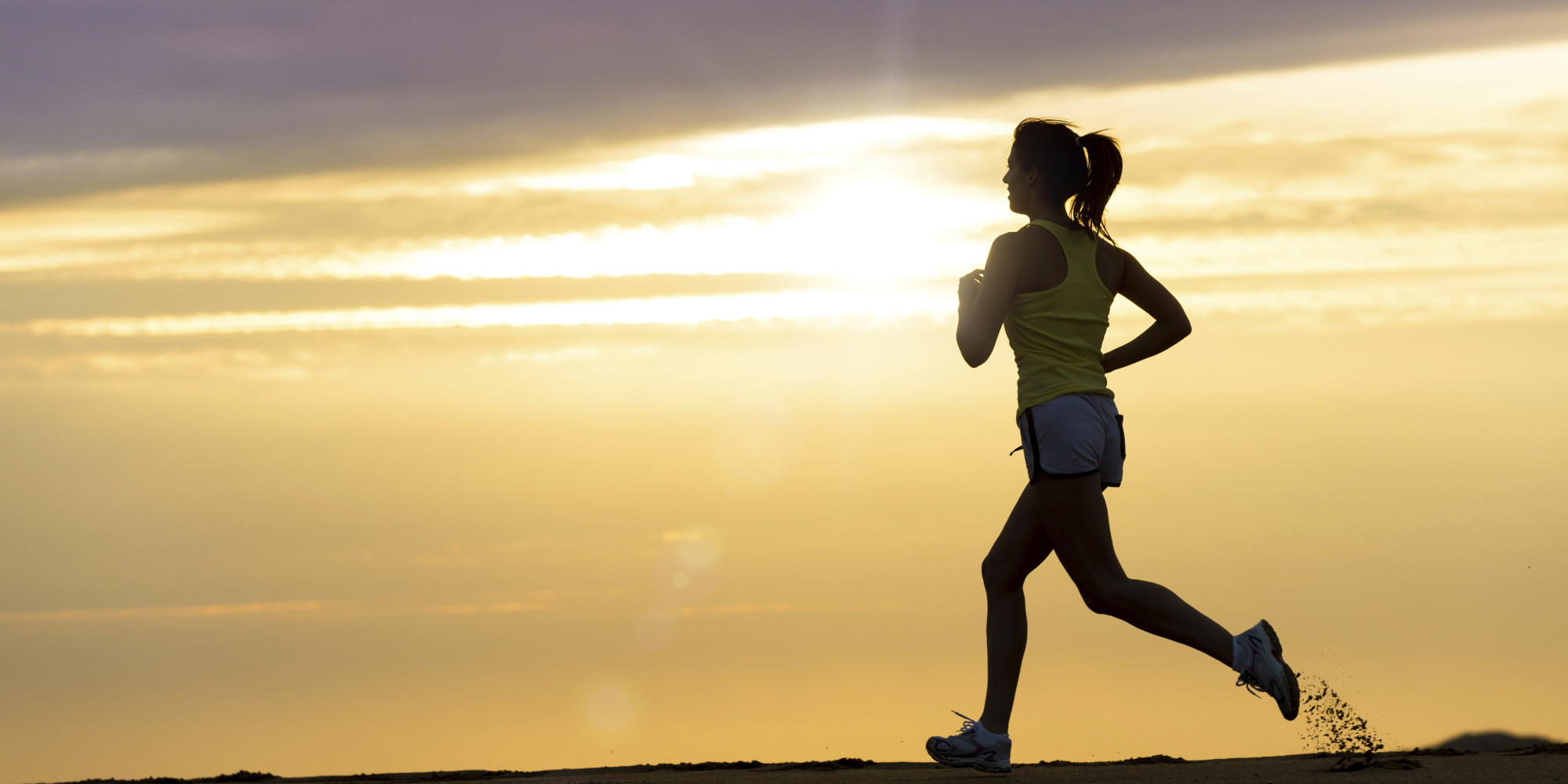Running is a low barrier activity with ongoing popular appeal. Running injury prevention is therefore an (unfortunately) important related area of study, with practical – day to day- training implications for many individuals. Therefore it is no surprise that Irene S. Davis et al.’s BJSM publication “Greater vertical impact loading in female runners with medically diagnosed injuries: a prospective investigation” sparked public interest. The authors’ work was recently featured, by author Gretchen Reynolds, in The New York Times:

“…Running injuries are extremely common, with some statistics estimating that as many as 90 percent of runners miss training time every year due to injury.
But the underlying cause of many of these injuries remains in question. Past studies and popular opinion have blamed increased mileage, excess body weight, over-striding, modern running shoes, going barefoot, weak hips, diet, and rough pavement or trails. But most often, studies have found that the best indicator of a future injury is a past one, which, frankly, is not a helpful conclusion for runners hoping not to get hurt.
So for the new study, which was published in December in the British Journal of Sports Medicine, researchers at Harvard Medical School and other universities decided to look at running injuries, one of the more obvious but surprisingly understudied aspects of running, and to focus their attention, in part, on those rare long-time runners who have never been hurt.
Specifically, they set out to look at pounding, or impact loading, which means the amount of force that we create when we strike the ground. Pounding is, of course, inevitable during a run. But runners with similar body types and running styles can experience wildly different amounts of impact loading, and it hasn’t been clear to what extent these differences directly contribute to injuries…
During that time, more than 100 of the runners reported sustaining an injury that was serious enough to require medical attention. Another 40 or so reported minor injuries, while the rest remained uninjured.
More remarkably, in the minds of the researchers, 21 of the runners not only did not become injured during the two-year study but also had not had a prior injury. They remained long-term running-injury virgins, the athletic equivalent of unicorns…
…The never-injured runners, as a group, landed far more lightly than those who had been seriously hurt, the scientists found, even when the researchers controlled for running mileage, body weight and other variables.
That finding refutes the widely held belief that a runner cannot land lightly on her heels.
“One of the runners we studied, a woman who has run multiple marathons and never been hurt, had some of the lowest rates of loading that we’ve ever seen,” said Irene Davis, a Harvard professor who led the study. She pounded far less than many runners who land near the front of their feet, Dr. Davis said. “When you watched her run, it was like seeing an insect running across water. It was beautiful…”
Read the full NY-Times article HERE